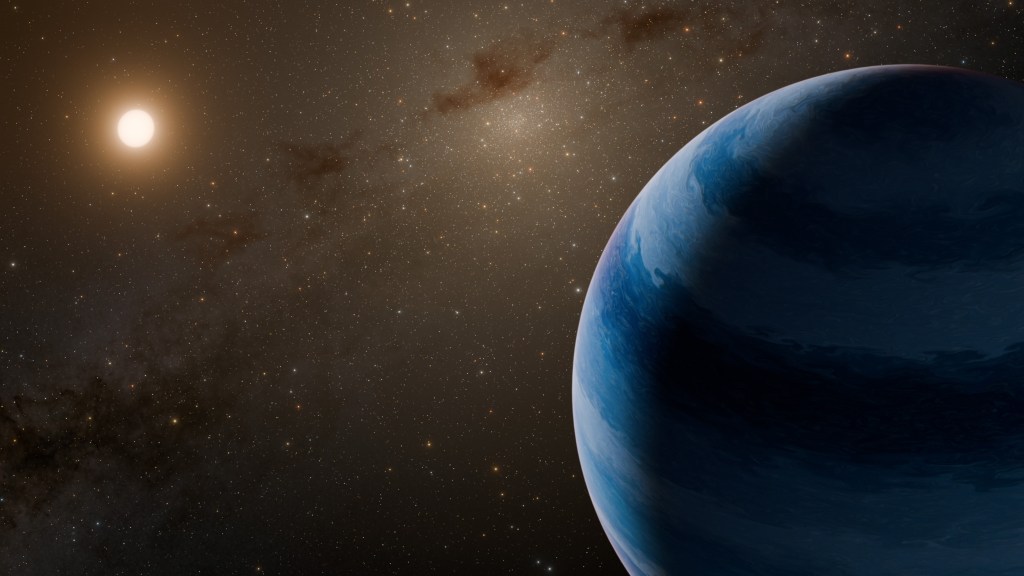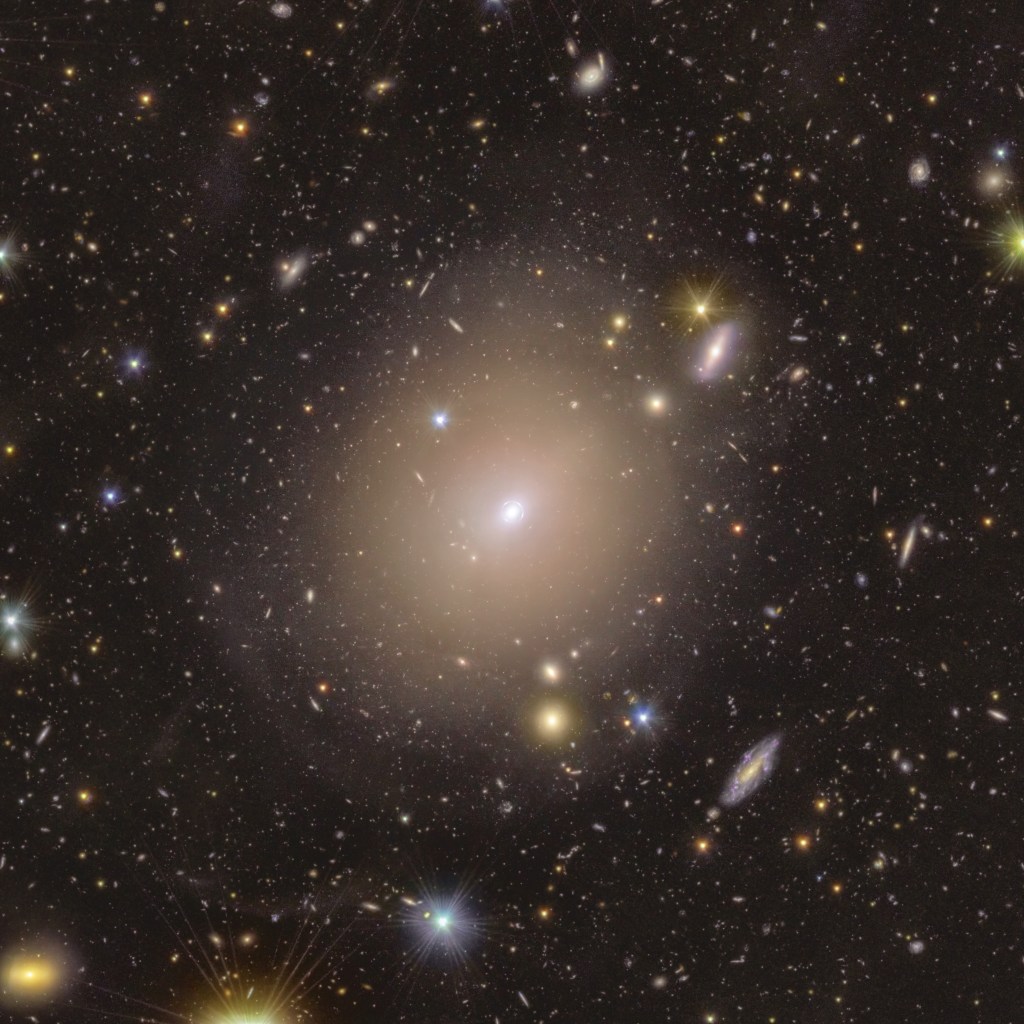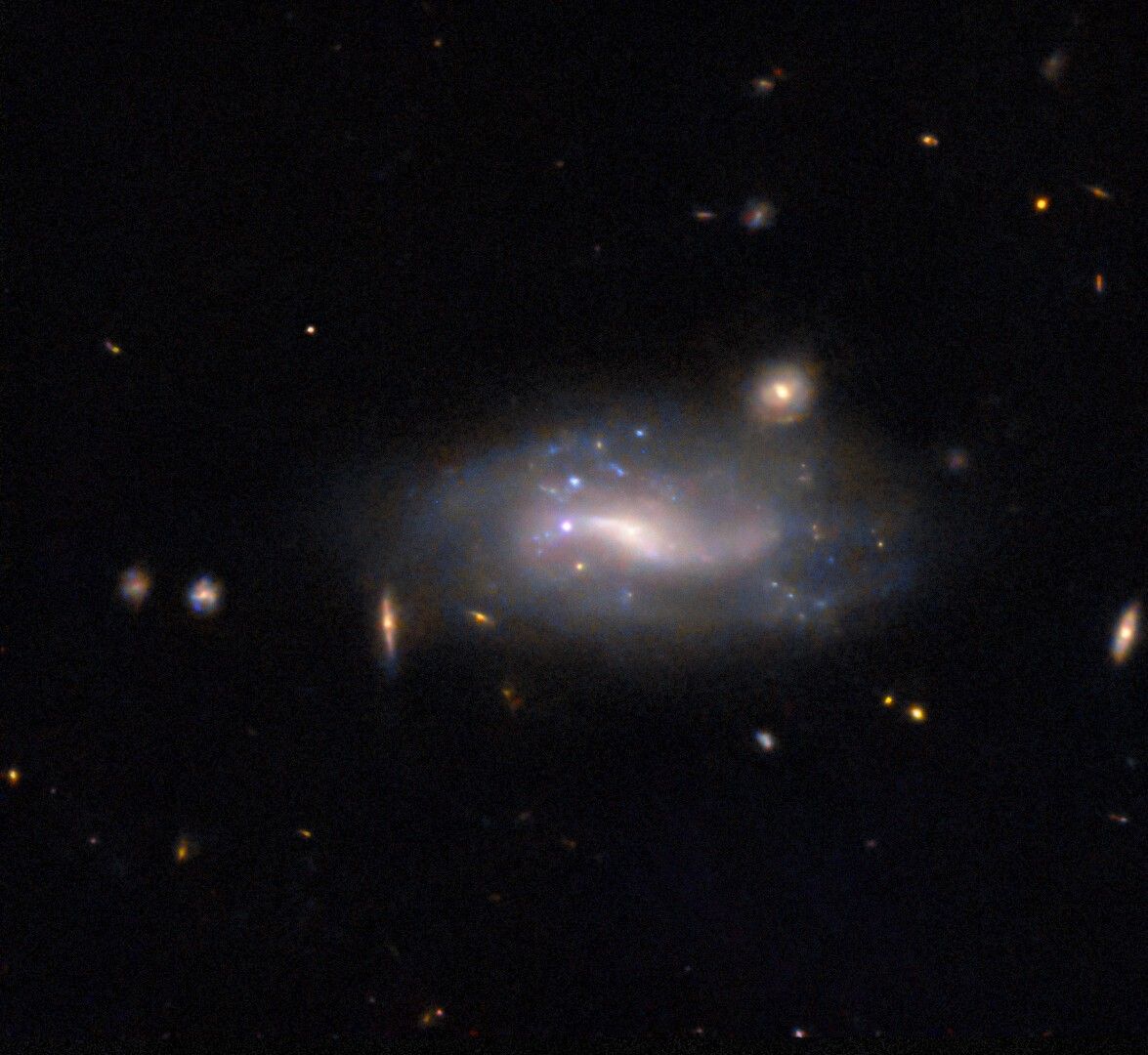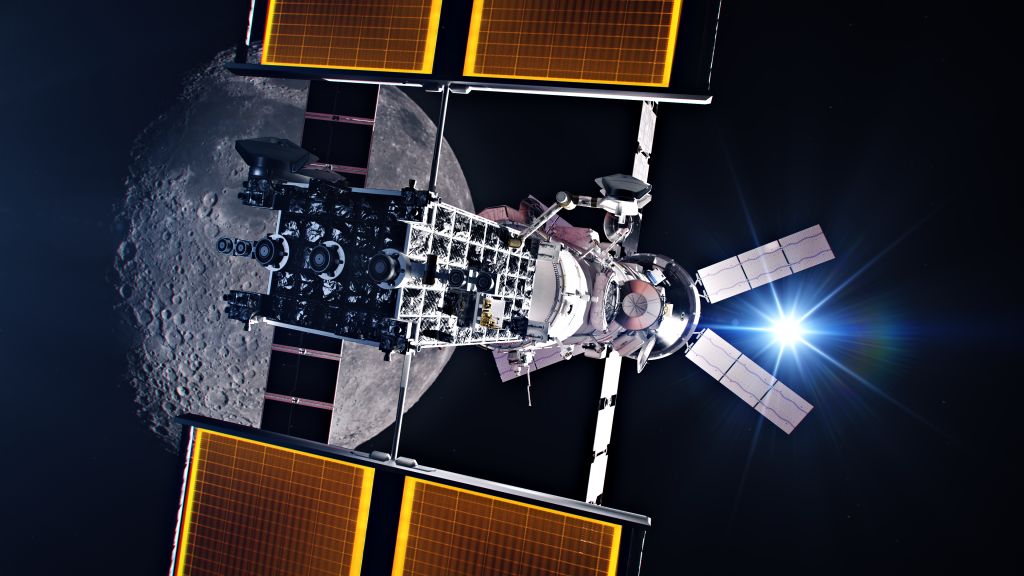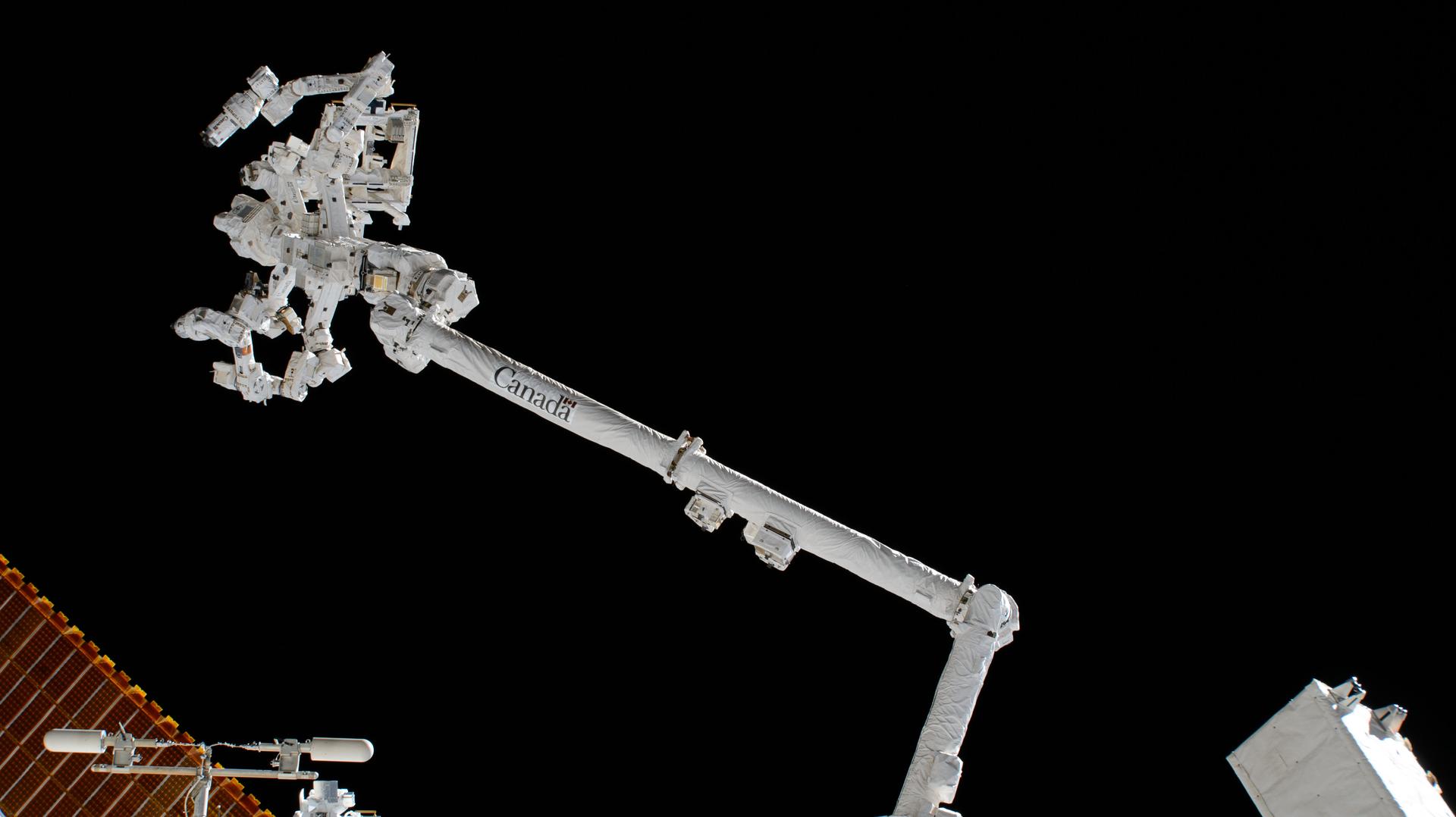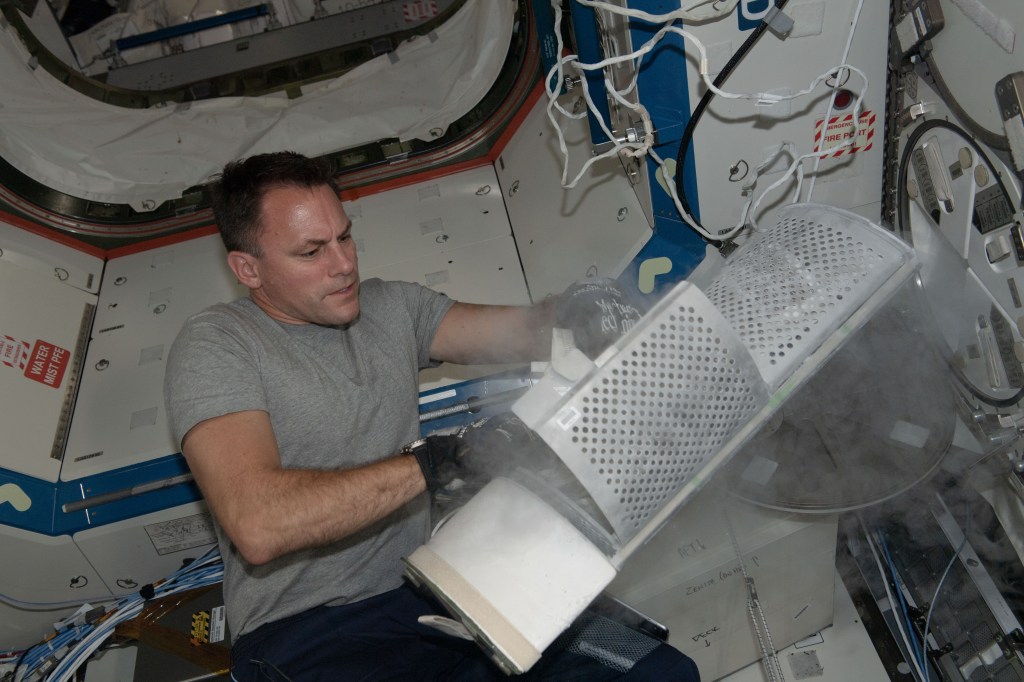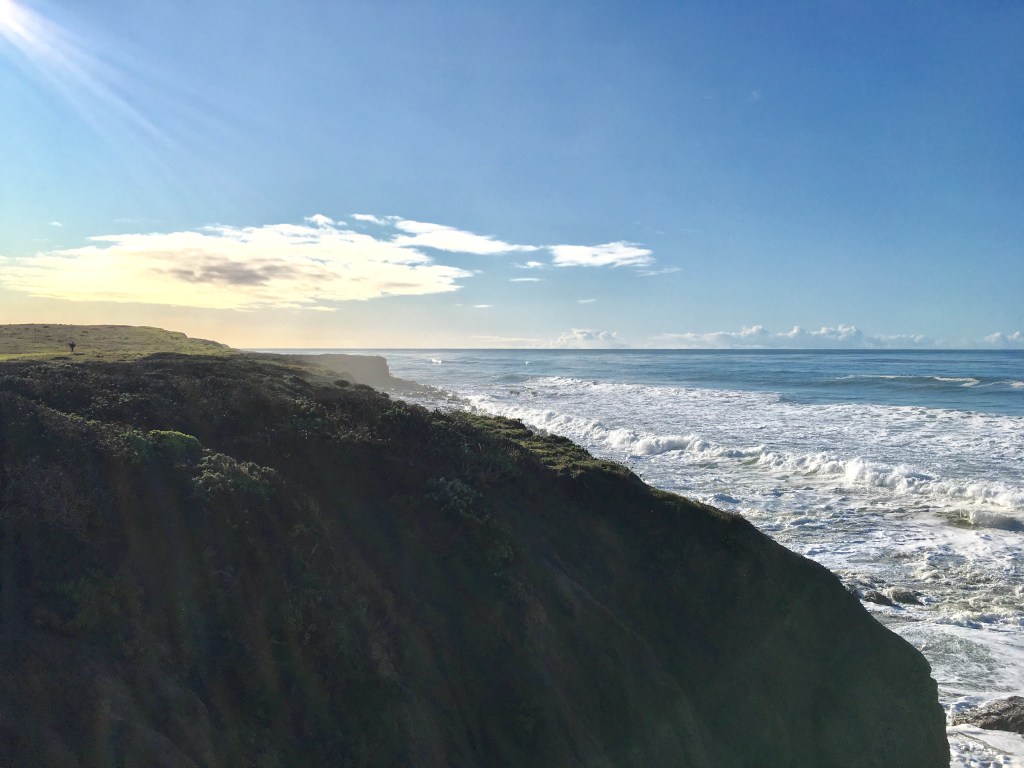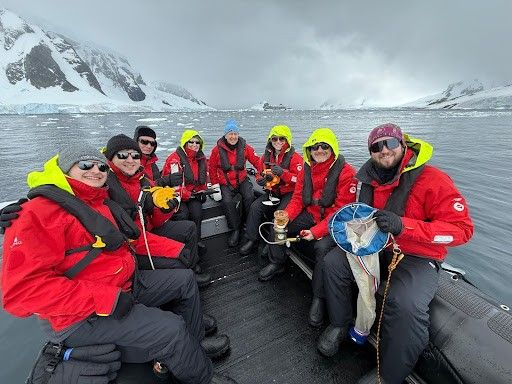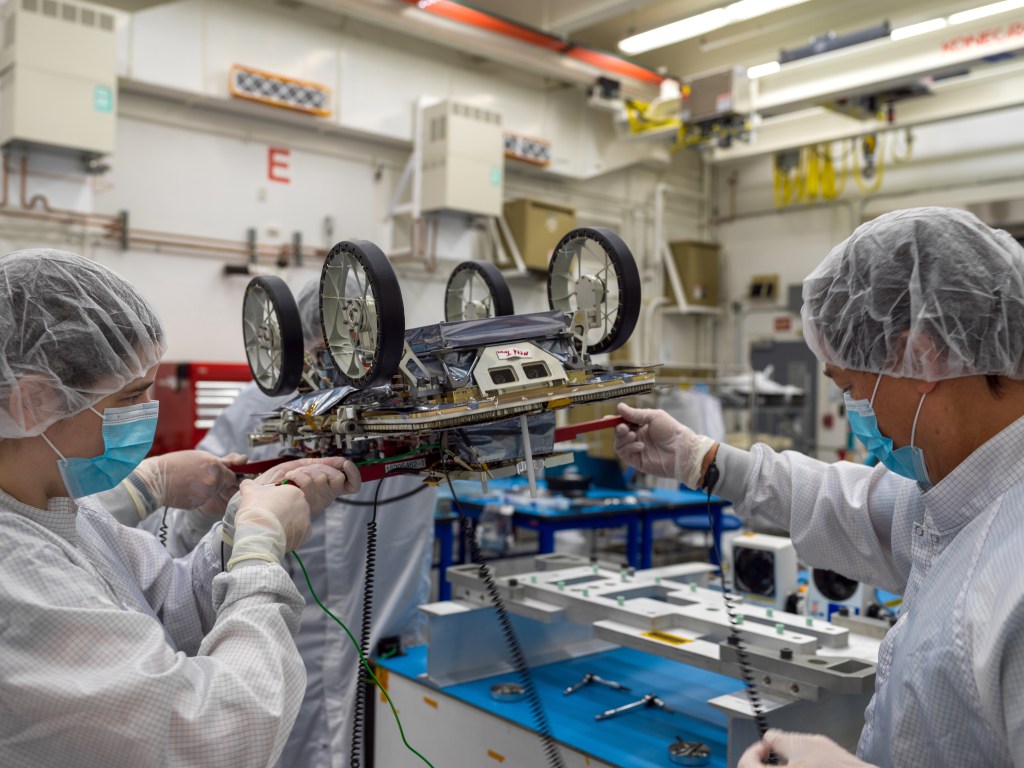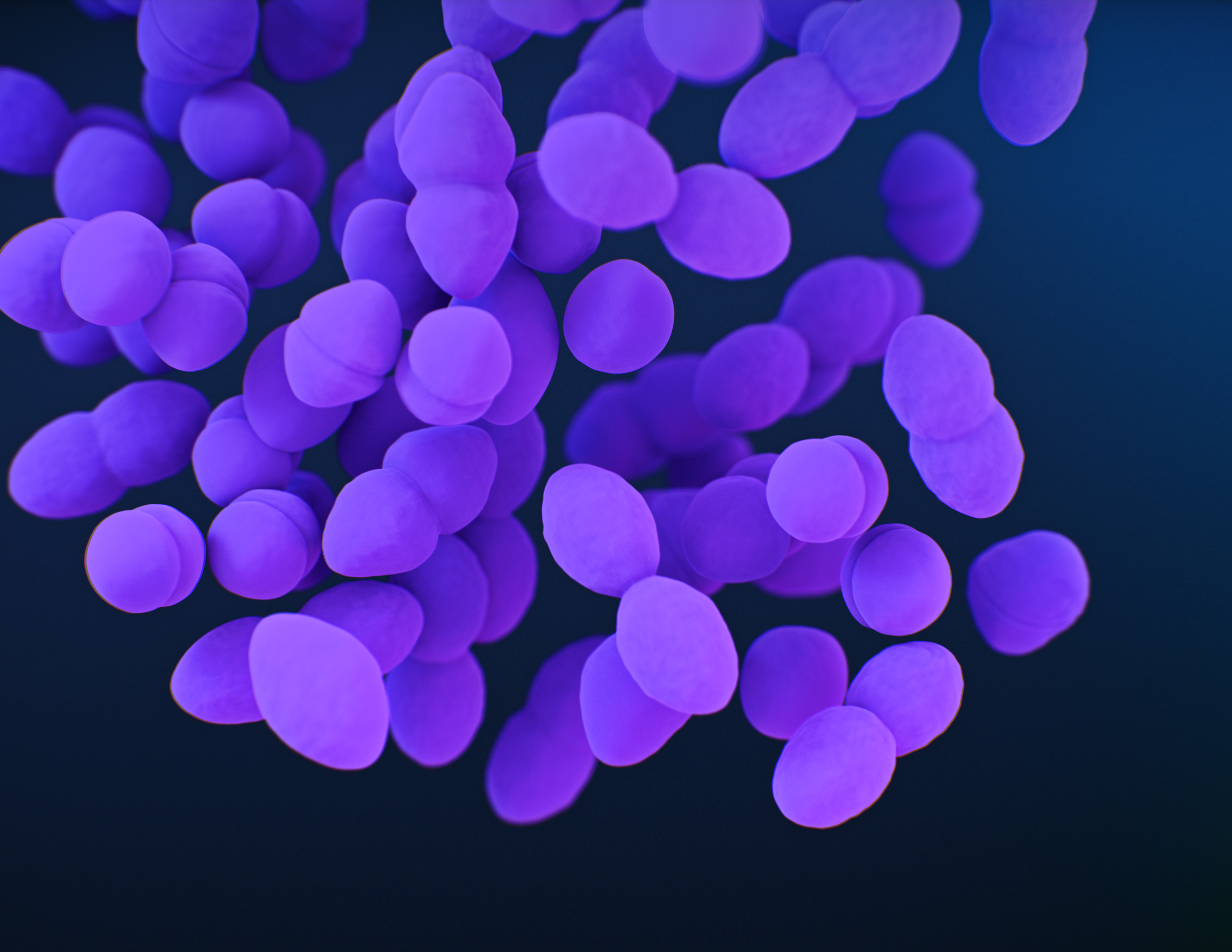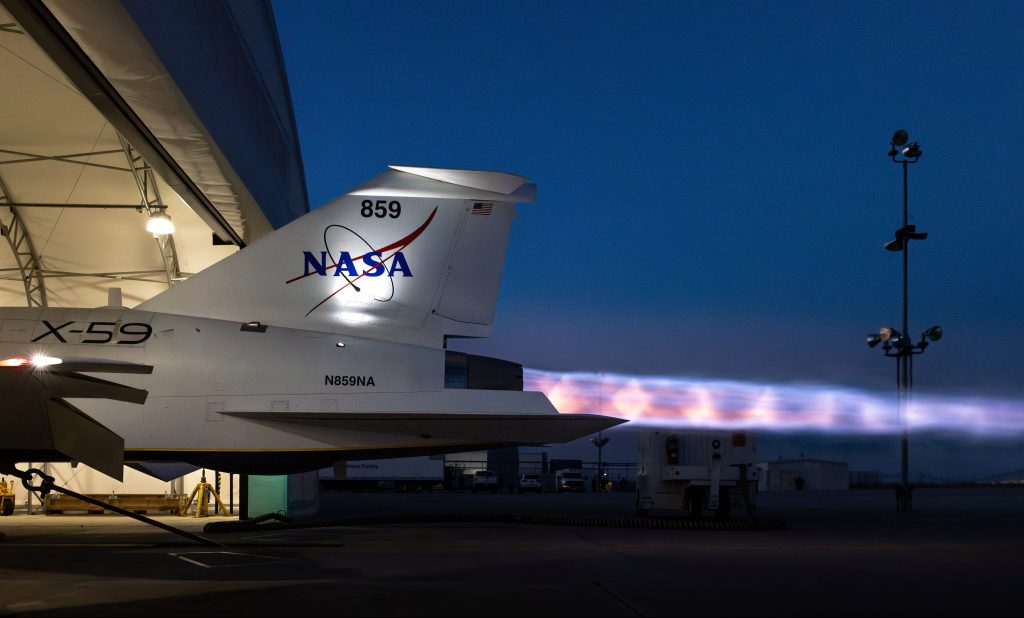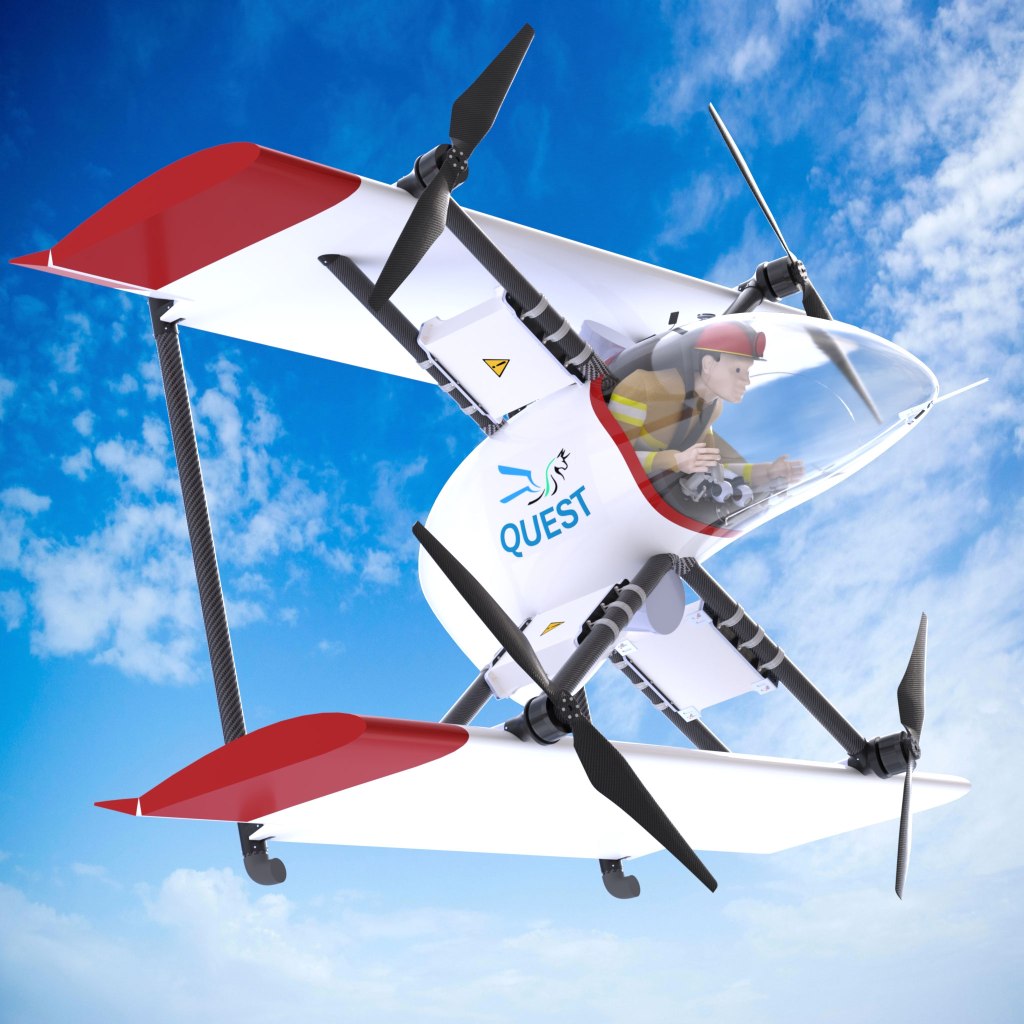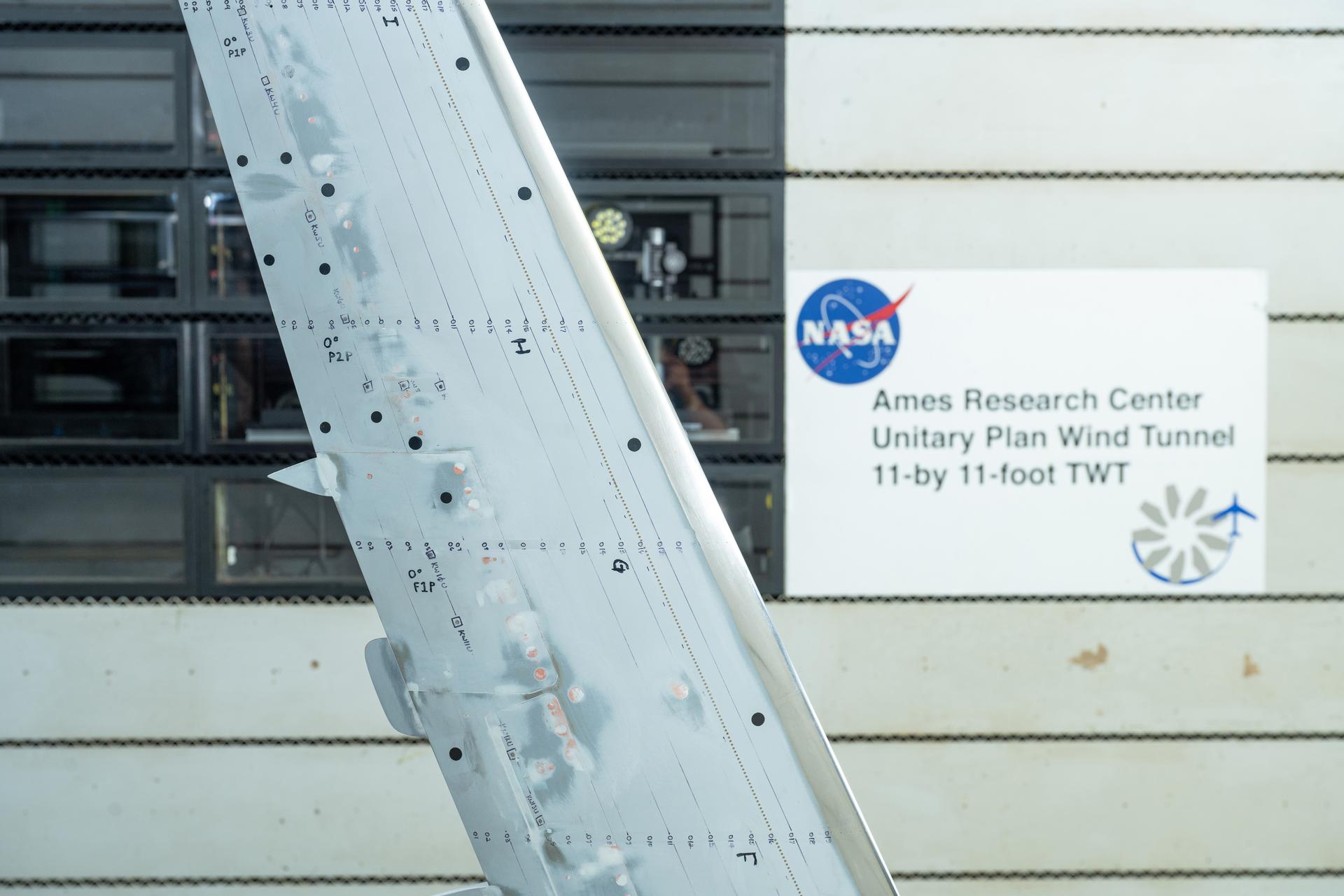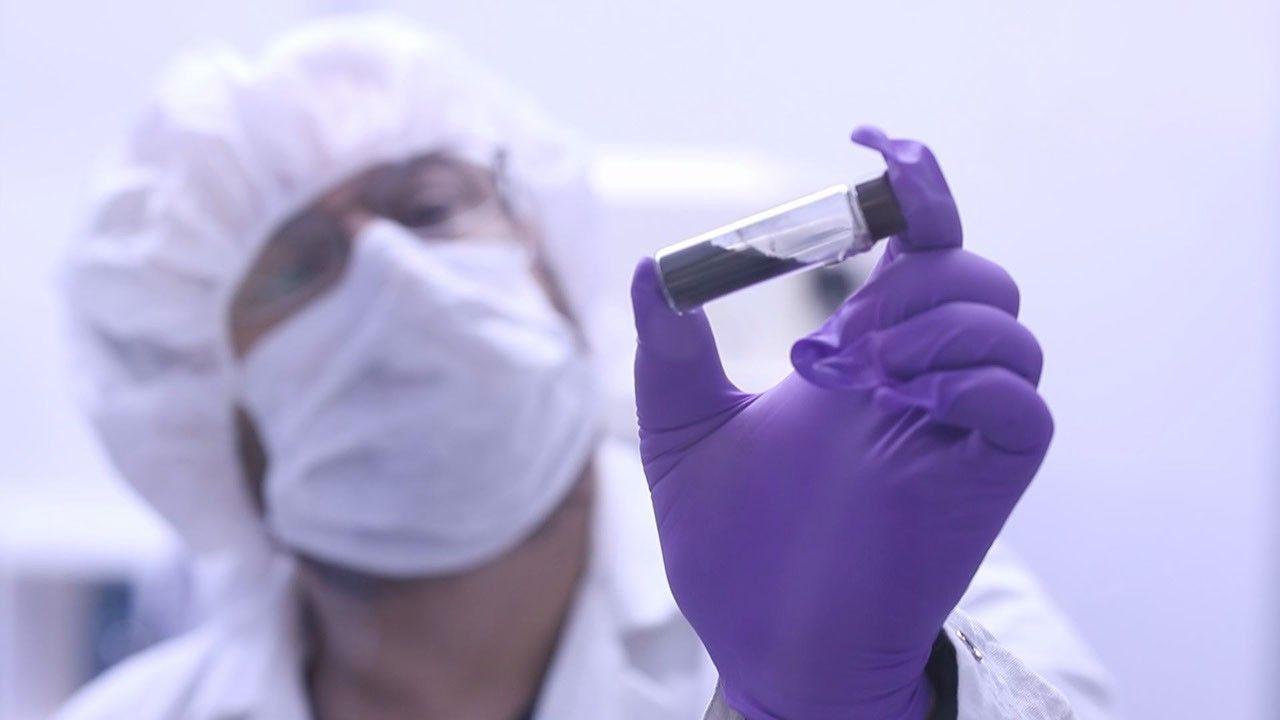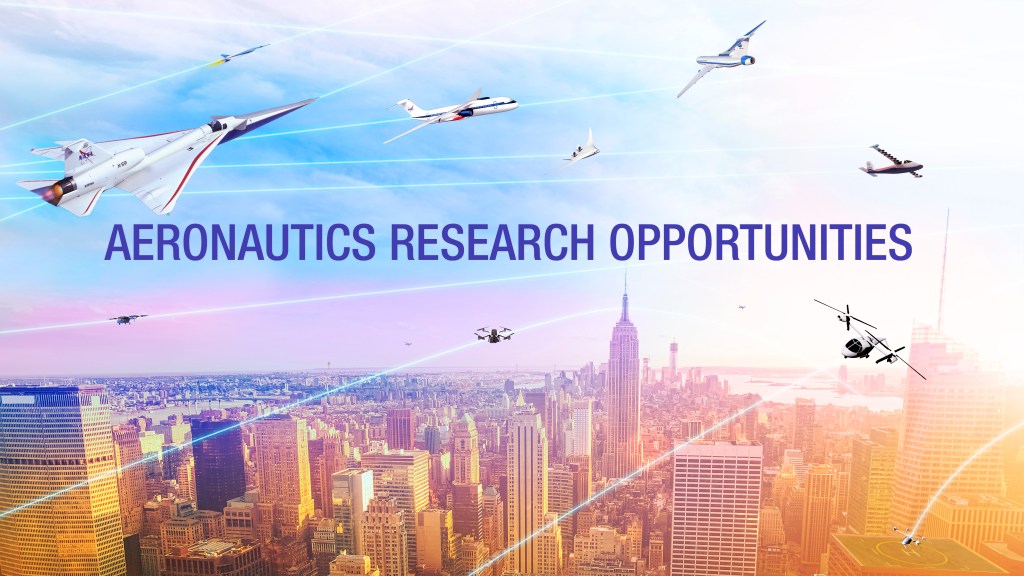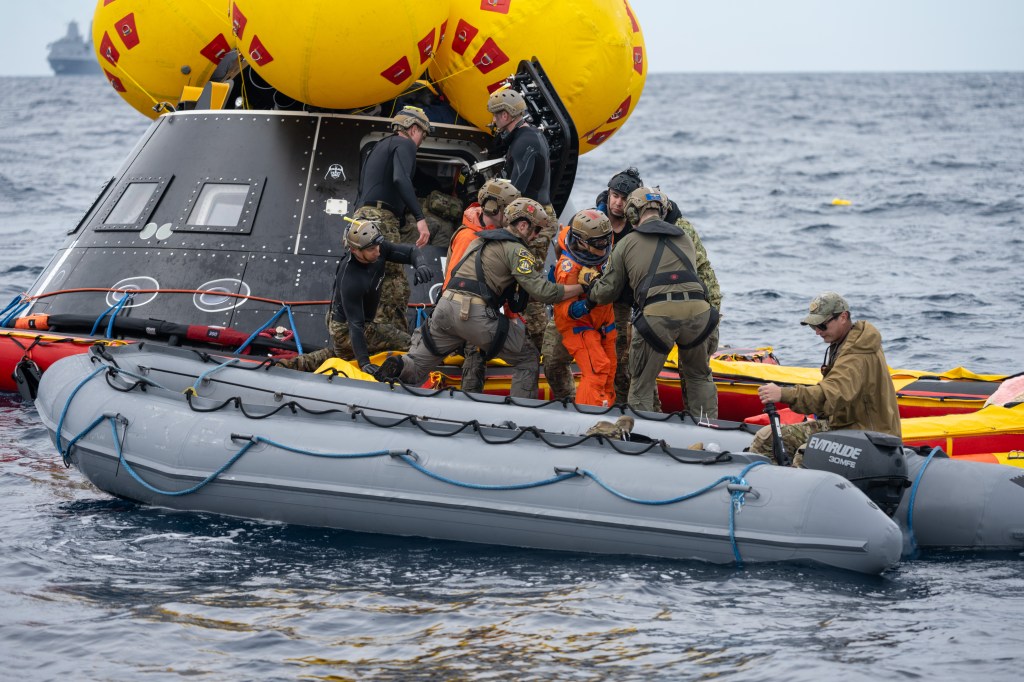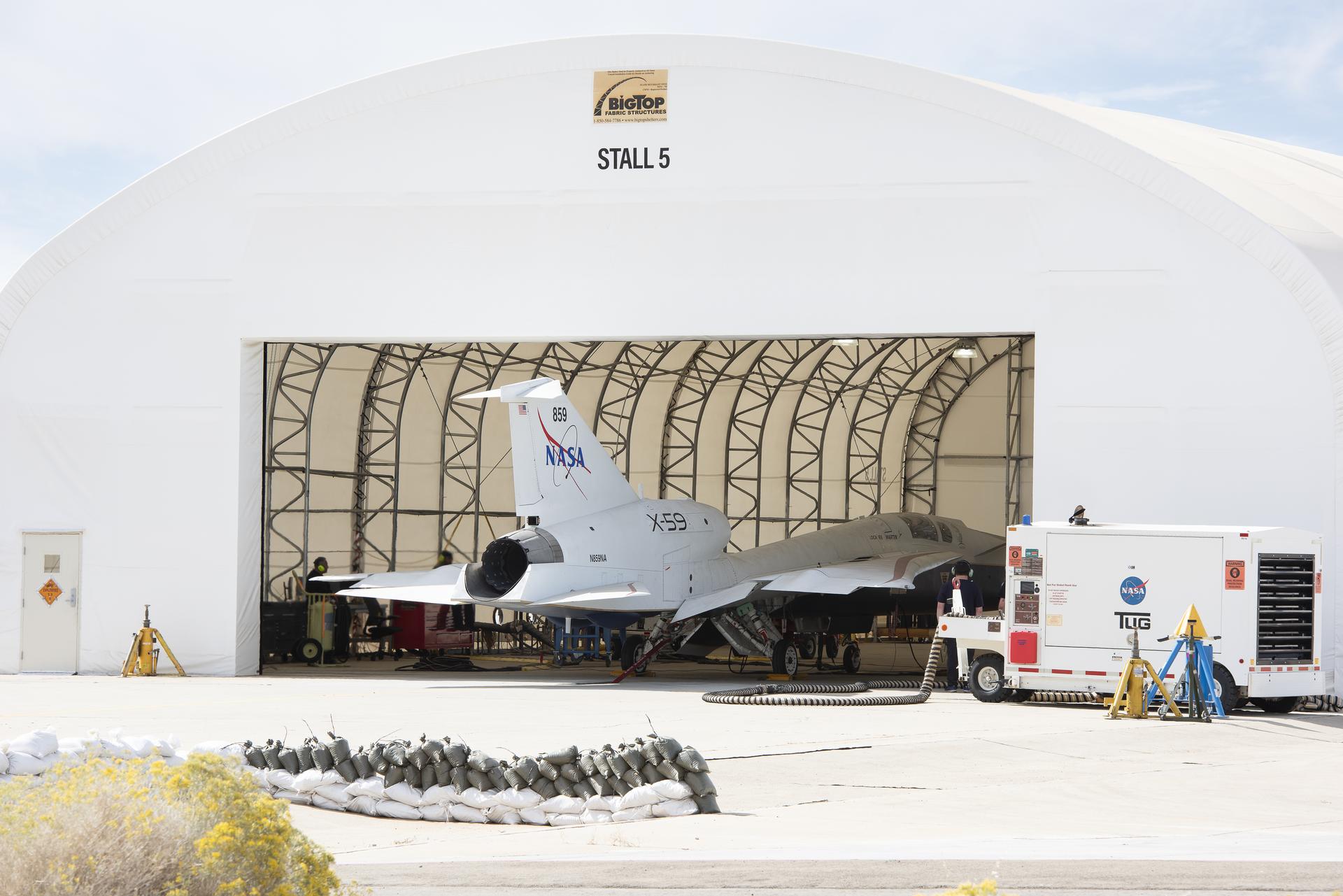Keeping Crews Healthy Farther Away from Earth Key Station Research Topic
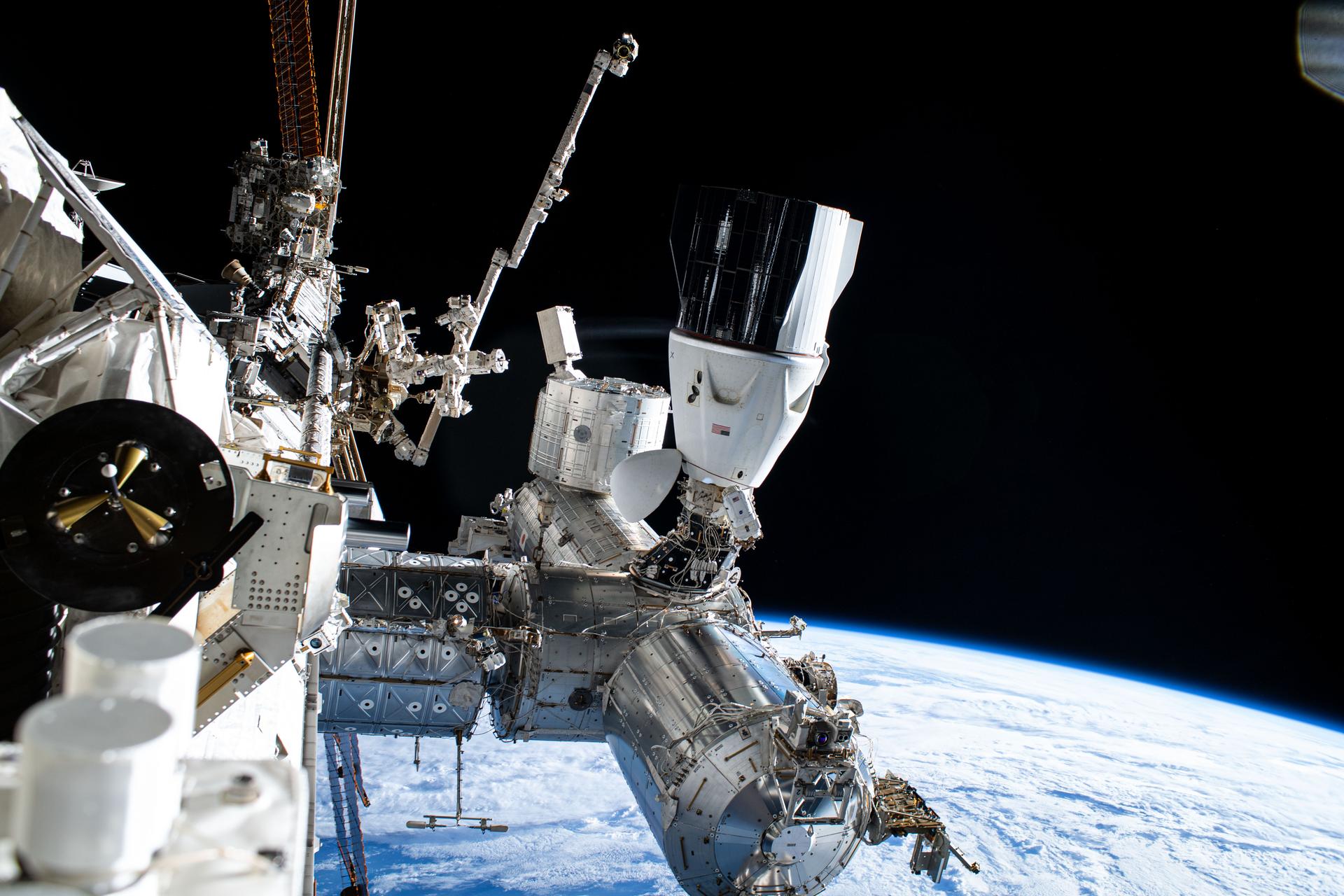
The Expedition 72 crew continued its research on Wednesday to better understand space-caused eye pressure changes and ensure crew members stay healthy on future missions to the Moon, Mars, and beyond. The orbital residents also kept up the continuous operations of critical science gear and life support systems on the International Space Station.
Commander Suni Williams and Flight Engineer Nick Hague joined each other on Wednesday studying a method that may reduce space-caused pressure on the back of an astronaut’s eyes. The lack of gravity leads body fluids toward a crew member’s head potentially causing eye structure and vision problems. Williams tried on a thigh cuff that may reverse the headward fluid shifts and protect crews on long-term missions farther away from Earth. Hague performed an ultrasound scan on Williams, examined her eyes, and measured her blood pressure to test the effectiveness of the biomedical device during the human research study.
NASA Flight Engineers Don Pettit and Butch Wilmore spent their day servicing a variety of science hardware and life support systems throughout the orbital outpost’s U.S. segment. Maintaining the advanced science gear is necessary to ensure successful operations of space research experiments and the preservation of numerous types of samples for analysis both on Earth and on the space station. Keeping up life support systems is critical to preserving the orbital lab’s atmosphere for a safe, habitable crew environment in microgravity.
Pettit first disconnected a laptop computer that supported the Plant UV-B study observing how microgravity stress and high ultraviolet radiation affect plant growth in space. Next, he installed an airflow sensor in the Harmony module then measured air velocity inside the Kibo laboratory module’s ventilation system. Wilmore started his day downloading radiation exposure data to a laptop computer. Afterward, he swabbed surfaces in the Kibo, Columbus, and Unity modules to collect microbe samples for analysis. At the end of his shift, Wilmore disassembled the NanoRacks CubeSat Deployer, that deploys microsatellites outside the space station, in preparation for its return to Earth.
Working in the Roscosmos segment of the orbiting lab, Flight Engineers Alexey Ovchinin and Ivan Vagner explored the neutron radiation exposure the space station experiences and ways to shield space radiation. The duo installed components on the neutron radiation detection unit and also conducted a photographic inspection of the device. Flight Engineer Aleksandr Gorbunov repaired a water recovery system and worked on water transfer tasks.
Learn more about station activities by following the space station blog, @space_station and @ISS_Research on X, as well as the ISS Facebook and ISS Instagram accounts.
Get the latest from NASA delivered every week. Subscribe here: www.nasa.gov/subscribe


